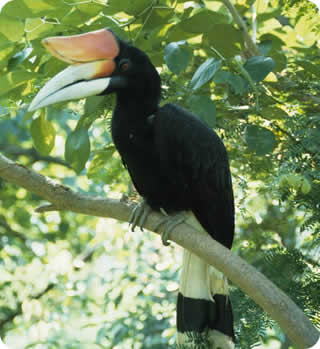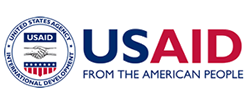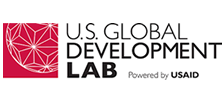Happy World Wildlife Day from the Wildlife Crime Tech Challenge!
3 March 2015

Today, as USAID and the global community mark World Wildlife Day, we are proud to announce the Wildlife Crime Tech Challenge, a new initiative that will help bring modern tools to bear on the problem of wildlife trafficking.
The Challenge invites individuals and organizations from around the world to submit innovative science and technology solutions that can be applied to combat the illegal trade of marine and terrestrial wildlife.
The Challenge could not be timelier. The illegal trade in wildlife brings in billions of dollars a year and threatens the survival of numerous species including elephants, rhinos, tigers, sharks, and sea turtles. Demand for wildlife and wildlife products has risen sharply, attracting transnational criminal networks that have helped make wildlife trafficking one of the world’s largest illegal trades. Poaching and the illegal trade in wildlife have far-reaching ecological, national security, and economic consequences that are undermining decades of conservation and development gains.
U.S. Secretary of State John Kerry summarized the problem in this way: "Slaughters of wildlife have grown exponentially. The scale, pace, and sophistication of poaching are accelerating at a devastating pace. Not only are majestic animals disappearing before us, as poachers grow in sophistication and firepower, this explosion in trafficking undermines the stability and security of range states, and imperils those whose livelihoods depend on these great creatures and ecosystems."
In response to the problem, President Obama signed Executive Order 13648 in July 2013 authorizing the mobilization of resources across the U.S. government to combat wildlife trafficking. A National Strategy for Combating Wildlife Trafficking was released in February 2014, and an Implementation Plan for the National Strategy followed in February 2015. The Wildlife Crime Tech Challenge is an important component of the Implementation Plan.
World Wildlife Day is an auspicious occasion on which to begin the Challenge. The date commemorates the adoption of the Convention on International Trade in Endangered Species of Wild Fauna and Flora, or CITES, on March 3, 1973, in Washington, DC. However, World Wildlife Day itself is only two years old and reflects a renewed focus on wildlife conservation that is sorely needed as the world confronts distinctly modern threats to species survival.
Today, we invite you to explore our newly launched website to learn more about the crisis of wildlife trafficking and about the Wildlife Crime Tech Challenge. Please sign up for notifications about the Challenge and to be alerted when the submission window opens. And follow us on twitter to stay current on conservation, wildlife trafficking, and the state of the art in science and technology initiatives to save wildlife.
We very much look forward to working together with you to conserve the world's wildlife. In the meantime, happy browsing and happy World Wildlife Day!
Cynthia Gill
Director, Office of Forestry and Biodiversity, Bureau for Economic Growth, Education and Environment, U.S. Agency for International Development (USAID).




